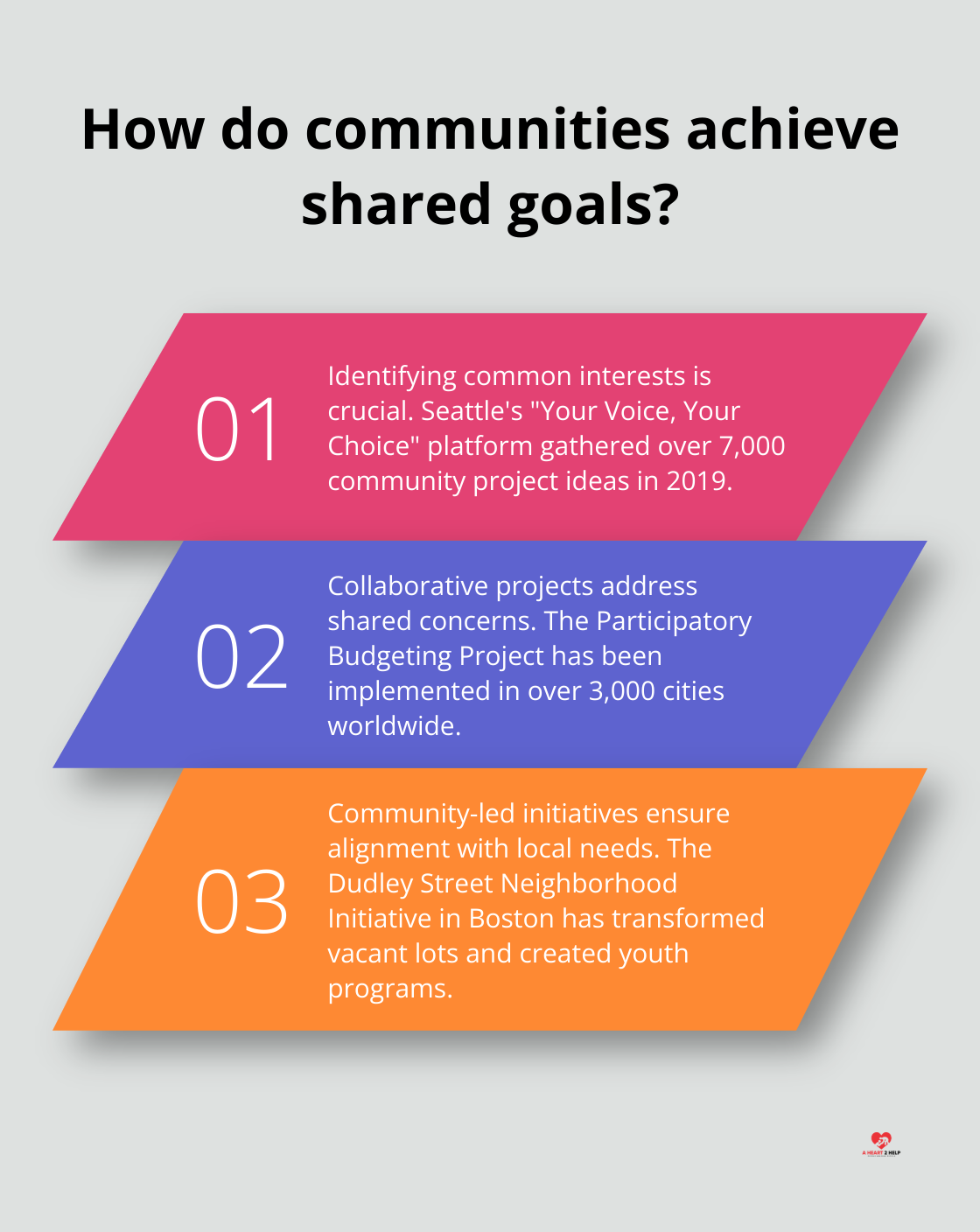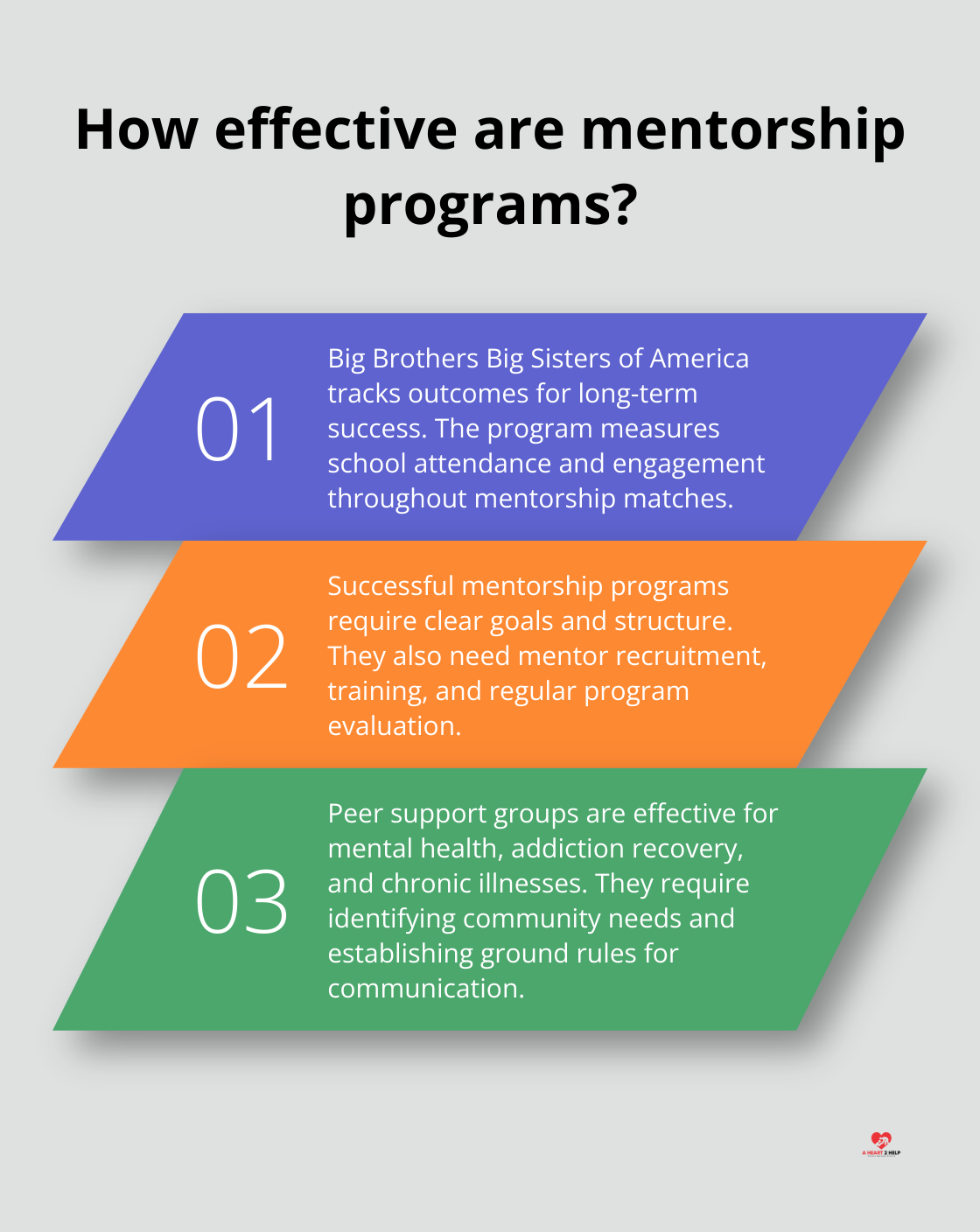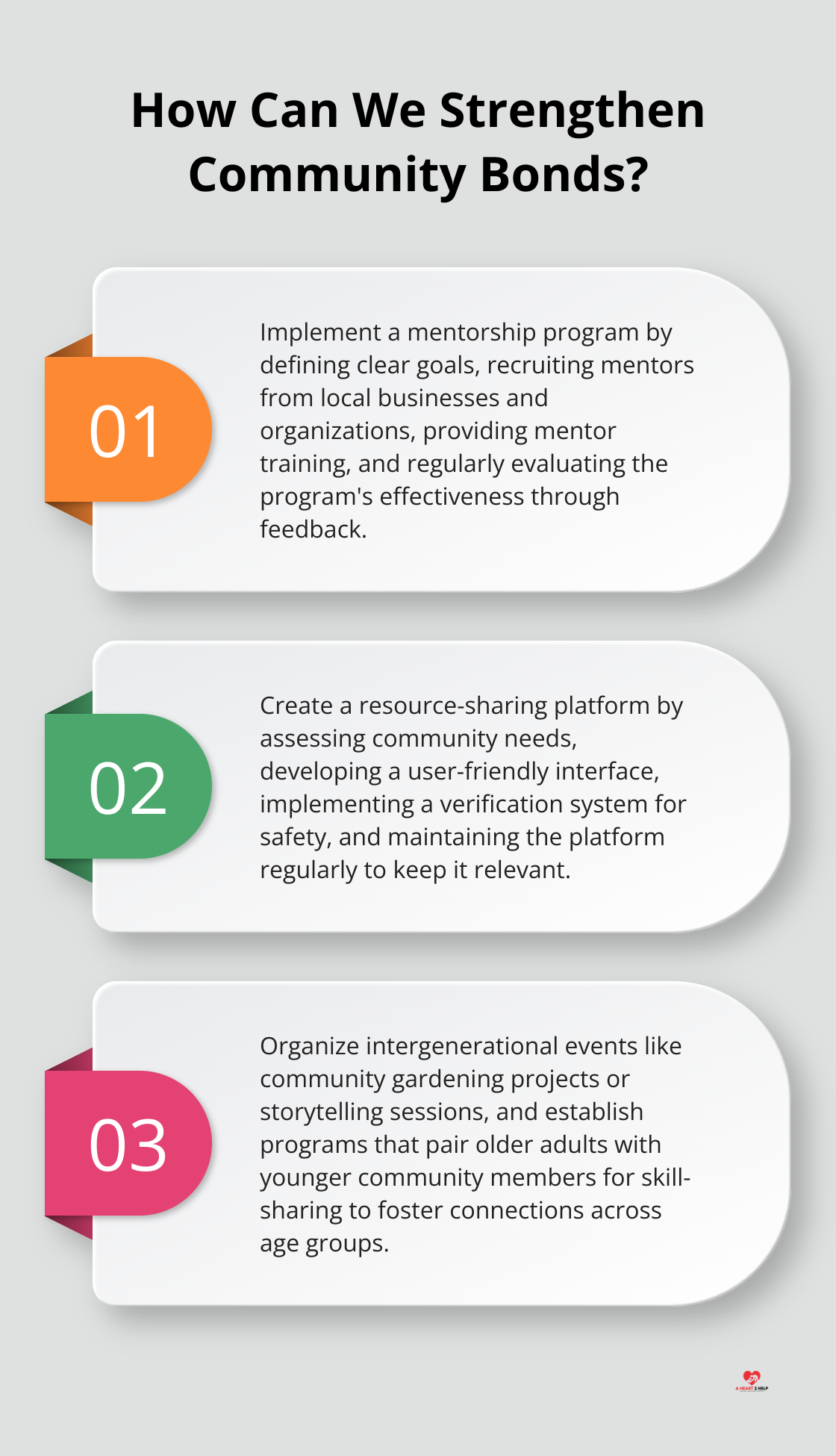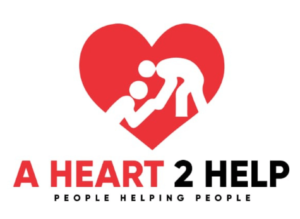At A Heart 2 Help, we’ve seen firsthand how strong community bonds can transform lives. The success of a community often hinges on how well it creates deep bonds between members.
In this post, we’ll explore the key factors that contribute to building lasting connections within communities. From trust-building to shared goals, we’ll uncover practical strategies that can help foster a sense of belonging and mutual support.
How to Build Trust in Communities
Trust forms the foundation of every thriving community. Communities with high levels of trust demonstrate greater resilience, support, and effectiveness in achieving their goals. Let’s explore practical strategies to actively build this trust.
Create Safe Spaces for Open Dialogue
One effective method to foster trust involves the creation of environments where people feel safe to express themselves. This could include regular town hall meetings, online forums, or small group discussions. The primary objective is to ensure all voices receive equal respect and attention, regardless of their position or perspective.
Creating safe spaces builds trust and mutual respect among participants, which are critical for open communication and collaboration. The provision of these spaces lays the groundwork for mutual understanding and respect.
Practice Active Listening
Active listening extends beyond merely hearing words; it involves full concentration on the message, understanding it, and responding thoughtfully. This skill plays a vital role in building trust and mutual respect within communities.

However, it’s worth noting that few studies produce convincing evidence that active listening actually produces comparatively better outcomes than other response types in early interactions.
The “HEAR” technique offers a practical approach to improve active listening:
- H – Halt: Stop current activities and give full attention
- E – Engage: Demonstrate listening through body language and verbal cues
- A – Anticipate: Consider what the speaker might say next
- R – Replay: Summarize the heard information to ensure understanding
Embrace Diversity and Inclusion
Communities flourish when they embrace diversity in all its forms. This approach involves actively seeking out and valuing different perspectives, experiences, and backgrounds. A McKinsey study found that diverse organizations are 35% more likely to outperform their less diverse counterparts.
To promote inclusivity, communities can implement programs such as cultural awareness workshops, diversity training, or mentorship programs that pair individuals from different backgrounds. These initiatives help break down barriers and foster a sense of belonging for all community members.
Organize Meaningful Community Events
Events that unite people for a common purpose significantly strengthen community bonds. These could range from volunteer days and cultural festivals to educational workshops and sports tournaments.
For instance, the annual “Big Lunch” initiative in the UK (which encourages neighbors to share a meal together) has shown to increase social connections and community spirit. In 2019, over 6 million people participated in this event.
When planning events, organizers should ensure accessibility and appeal to a wide range of community members. Factors to consider include timing, location, and potential barriers to participation.
The implementation of these strategies creates an environment of trust and mutual respect within communities. This solid foundation enables communities to tackle challenges and celebrate successes together. As we move forward, let’s examine how shared goals and collective action can further strengthen these community bonds.
How Communities Achieve Shared Goals
Shared goals unite community members, serving as a powerful catalyst for collective action and fostering a sense of purpose and belonging. This chapter explores effective strategies to identify and pursue common objectives that strengthen community bonds.
Uncover Common Interests
The first step in achieving shared goals involves identifying issues that matter most to your community. This process requires active engagement and open dialogue with community members. Surveys, focus groups, and town hall meetings prove effective for gathering input. For example, the city of Seattle used an online platform called “Your Voice, Your Choice” to allow residents to propose and vote on community projects (resulting in over 7,000 ideas submitted in 2019 alone).
Develop Collaborative Projects
After identifying common interests, the next step involves developing collaborative projects that address these shared concerns. This process should involve community members at every stage, from planning to execution. The Participatory Budgeting Project, implemented in over 3,000 cities worldwide, exemplifies this approach.
Empower Community-Led Initiatives
Encouraging and supporting community-led initiatives proves essential for long-term success. This approach not only ensures that projects align with community needs but also builds local capacity and leadership. The Dudley Street Neighborhood Initiative in Boston stands out as a prime example. This resident-led organization has successfully transformed vacant lots into affordable housing, created youth programs, and established a community land trust.
Celebrate Collective Achievements
Recognizing and celebrating shared achievements maintains momentum and strengthens community bonds. Communities can accomplish this through annual awards, progress reports, or celebration events. The city of Bristol in the UK hosts an annual “Festival of Solutions,” showcasing community projects and innovations. This event has helped maintain enthusiasm for collective action and inspire new initiatives.

As communities work towards shared goals, they foster unity and accomplishment. This collaborative approach not only addresses immediate concerns but also builds the foundation for long-term community resilience. The next chapter will explore how communities can create and nurture support networks to further strengthen these bonds.
How to Build Strong Support Networks
Implement Effective Mentorship Programs
Mentorship programs serve as powerful tools for building support networks. These programs pair experienced individuals with those seeking guidance, which fosters personal and professional growth. The Big Brothers Big Sisters of America program demonstrates the impact of mentorship, with agencies tracking outcomes that are proven predictors of long-term success, such as school attendance and engagement, throughout the match for ongoing program evaluation.

To establish a successful mentorship program:
- Define clear goals and structure
- Recruit mentors through local businesses, community organizations, and educational institutions
- Provide training for mentors to ensure they understand their roles and responsibilities
- Evaluate the program’s effectiveness regularly through feedback from both mentors and mentees
Create Peer Support Groups
Peer support groups offer a platform for individuals facing similar challenges to share experiences and coping strategies. These groups prove particularly effective for addressing mental health issues, addiction recovery, and chronic illnesses.
To set up a peer support group:
- Identify a specific need within your community
- Find a suitable meeting space (physical or virtual)
- Establish ground rules for respectful communication and confidentiality
- Consider partnering with local health organizations or therapists to provide professional guidance when needed
Develop Community Resource-Sharing Platforms
Resource-sharing platforms significantly strengthen community support networks by facilitating the exchange of goods, services, and knowledge. These platforms range from simple online forums to sophisticated apps (such as A Heart 2 Help, which connects those in need with volunteers willing to help).
To create an effective resource-sharing platform:
- Assess your community’s specific needs
- Develop a user-friendly interface that allows easy posting and searching of resources
- Implement a verification system to ensure user safety and build trust
- Update and maintain the platform regularly to keep it relevant and useful
Foster Intergenerational Connections
Intergenerational connections enrich communities by bridging the gap between different age groups. These connections promote the exchange of knowledge, skills, and experiences, while also combating social isolation among older adults.
To encourage intergenerational connections:
- Organize events that appeal to multiple age groups (e.g., community gardening projects, storytelling sessions)
- Establish programs that pair older adults with younger community members for skill-sharing or mentorship
- Create spaces (physical or virtual) where different generations can interact regularly
- Highlight the benefits of intergenerational relationships through community education initiatives
Leverage Technology for Community Support
Technology plays a vital role in modern support networks. It enables communities to stay connected, share resources, and provide assistance more efficiently.
To harness technology for community support:
- Utilize social media platforms to create community groups and share information
- Implement community-specific mobile apps for resource sharing and volunteer coordination
- Offer digital literacy training to ensure all community members can access online resources
- Use video conferencing tools to facilitate virtual support group meetings and mentorship sessions
Valuing diversity is crucial in building strong support networks, as it enhances workplace cultures and contributes to the overall success of community initiatives.
Final Thoughts
Trust, shared goals, and strong support networks form the bedrock of thriving communities. These elements create an environment where individuals feel valued, supported, and empowered to contribute. The success of a community often depends on how well that community creates deep bonds between members, fostering resilience and unity in the face of challenges.

At A Heart 2 Help, we’ve witnessed the transformative power of community connections firsthand. Our innovative care-app facilitates these connections by matching those in need with compassionate volunteers. This makes it easier than ever to build and strengthen community bonds.
We encourage you to take action today. Reach out to a neighbor, join a local group, or volunteer your time and skills. Every small act of kindness and connection contributes to a stronger, more resilient community. Together, we can create communities where everyone feels supported, valued, and empowered to make a difference.

